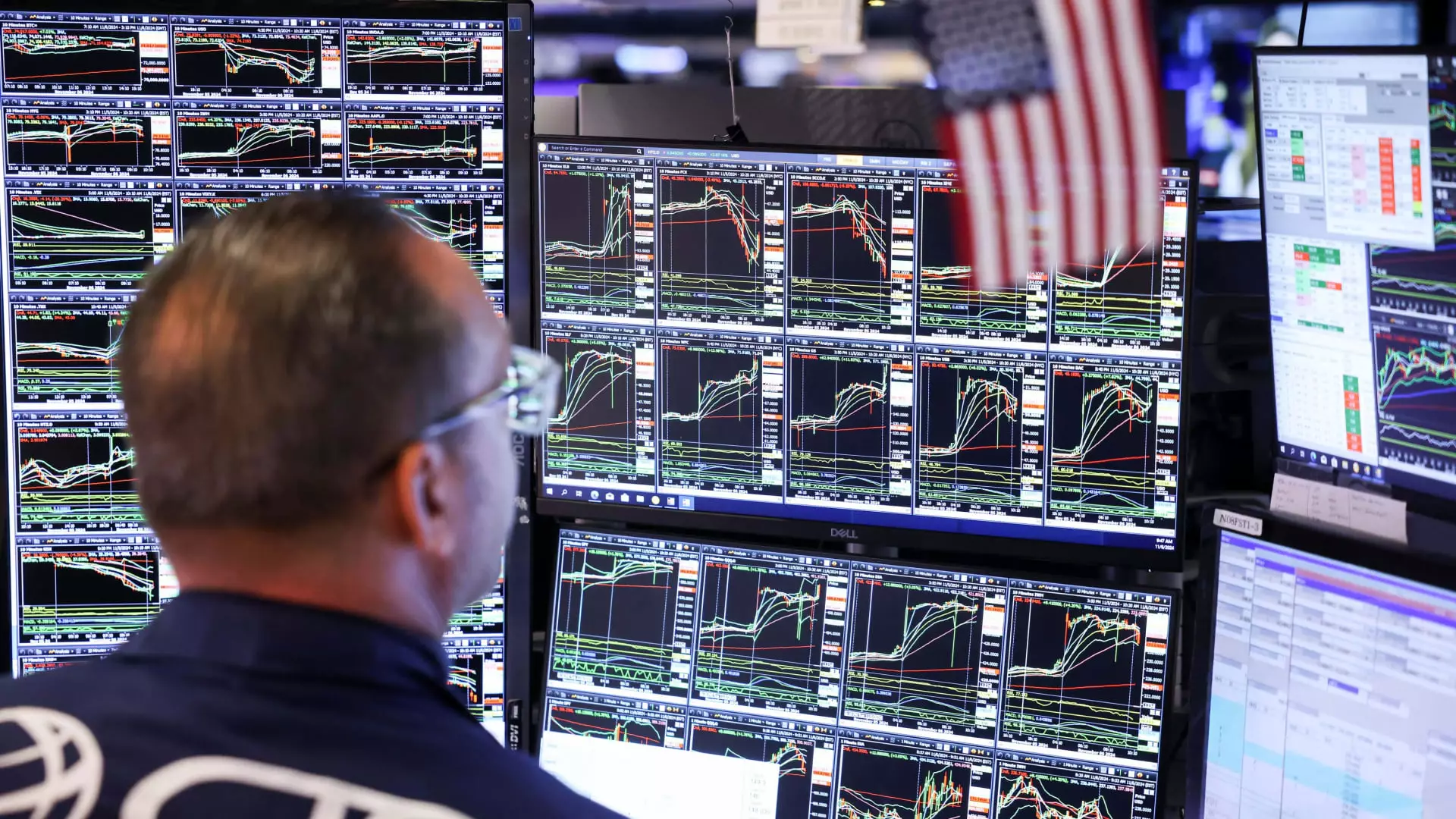The year 2024 has unfolded as a year of spectacular growth for Wall Street, primarily propelled by advancements in artificial intelligence (AI) that have reframed the stock market. Surprisingly, the S&P 500 has not only surpassed the expectations set forth by prominent strategists in late 2023, but it has also left many analysts scratching their heads, having significantly miscalculated the trajectory of the market. This article delves into the factors that have contributed to this extraordinary bull market, analyzes the responses of strategists to unexpectedly favorable conditions, and ponders the implications for the future.
At the beginning of the year, Wall Street analysts anticipated that the S&P 500 would close the year anywhere from a low of 4,200, as per Dubravko Lakos-Bujas at JPMorgan, to a high of 5,200, projected by John Stoltzfus at Oppenheimer. The market, however, has dramatically outperformed these forecasts, culminating in a closing price of 6,051.25—more than 800 points above the top estimate. This gap between expectation and reality raises important questions about the methodologies used by strategists to predict market behavior.
Primarily, many strategists had grounded their predictions on the prevalence of economic indicators suggesting a potential recession for 2024. Contrary to these widespread fears, the economy has displayed remarkable resilience, characterized by continuous growth and an expanding labor market. Moreover, inflation rates have begun to taper off, edging closer to the Federal Reserve’s target of 2%. It appears that the traditional reliance on economic signaling has faltered, calling into question the effectiveness of forecasting models that rely heavily on impending recessionary narratives.
A key element in this narrative is the Federal Reserve’s unexpected ability to implement rate cuts without the immediate threat of economic downturn. After a prolonged period of maintaining interest rates in response to inflationary pressures, the central bank initiated rate cuts in September, reducing the federal funds rate by 50 basis points. This move has further incentivized investment and spending, fuelling additional upward momentum in stock values.
Analysts are now left reevaluating the impact of central bank policies on market performance. Instead of clamping down on growth, as many had feared could happen in a rising rate environment, the Fed’s proactive stance has been a catalyst for financial enthusiasm. Consequently, the prospect of lower borrowing costs is enticing for corporations and consumers alike, giving rise to renewed spending and investment.
Another unexpected contributor to the bullish sentiment is the anticipation surrounding the return of Donald Trump to the White House. Investors are rallying behind the prospect of possible deregulation and tax cuts that could stimulate economic growth. The market euphoria stemming from such political factors underscores the intertwining of financial markets and politics. As strategists adjust their models to accommodate this reality, it is evident that the interplay of economic policy and market dynamics has never been more pronounced.
The remarkable performance of the S&P 500 has forced several strategists to reassess their expectations. While Oppenheimer has raised its target to 6,200, suggesting that there is still an additional 2.5% upside, other firms have similarly adjusted their forecasts to align more closely with the market’s trajectory. Notably, institutions like Evercore ISI and Goldman Sachs initially set bearish year-end targets but have since recalibrated their outlooks to hover around the remarkable 6,000 mark.
What is particularly captivating in this analysis is how the strategic landscape is rapidly shifting. Original projections seem increasingly irrelevant as market dynamics redefine valuation metrics. Key figures from firms such as Bank of America have likewise elevated their forecasts, indicating a growing acknowledgment of the resilience and momentum within the stock market.
As 2024 nears its conclusion, the conversation around Wall Street’s AI-driven euphoria continues to evolve. Several analysts have not only revised their expectations for 2025 but have become optimistic about the potential for further stock market expansion. The common thread among these predictions is a recognition that many sectors are currently underpinned by innovative technologies and low leverage. Nevertheless, as strategic outlooks continue to shift, the need for caution remains paramount.
This year has proven that predictions can be drastically off-mark, and standard forecasting practices need reevaluation. As the market continues to rally, stakeholders must navigate this complex landscape with a nuanced understanding of the underlying forces at play—be it economic indicators, monetary policy adjustments, or political shifts. The ability to adapt to emerging trends will be crucial in successfully maneuvering through the unpredictable waters of market dynamics in the foreseeable future.

